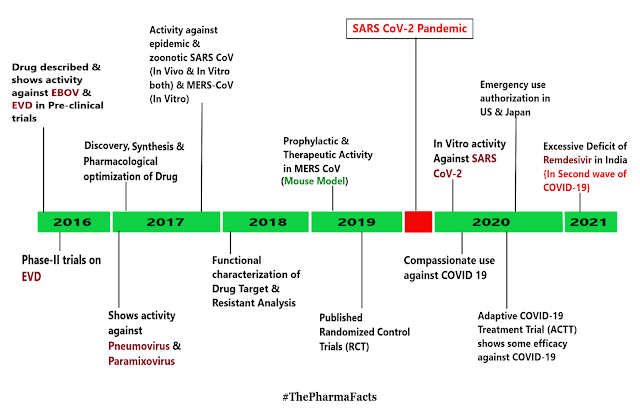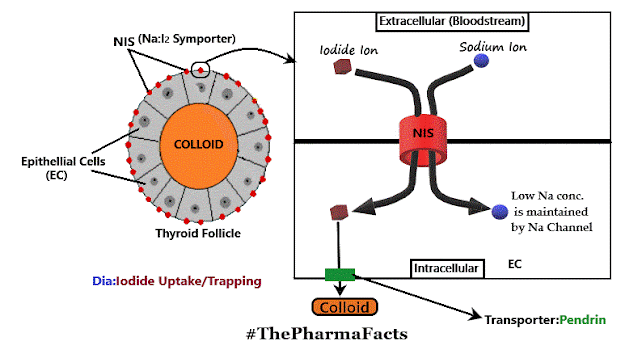G-Protein Coupled Receptors
G-Protein Coupled Receptors (GPCRs)
A. Adenylyl Cyclase: cAMP Pathway
B. Phospholipase C: IP3-DAG Pathway
C. Channel Regulation
A. Adenylyl Cyclase: cAMP Pathway:
- The activated α subunit of Gs now binds GTP & dissociates from the βγ dimer as well as the receptor then Gs-α carrying bound GTP associates with & activates the enzyme Adenylyl Cyclase [AC] located on the cytosolic side of the membrane where ATP is hydrolyzed to cAMP which then phosphorylates & thus activates cAMP Dependent Protein Kinase [PKA].
- The PKA in turn phosphorylates many functional proteins including Troponin & Phospholamban, so that they interact with Ca2+.
- They resulting in increased force of contraction & faster relaxation respectively. Calcium is made available by entry from outside (direct activation of myocardial membrane Ca2+ channels by Gsα and through their phosphorylation by PKA) & from intracellular stores too.
- One of the other proteins phosphorylated by cAMP is Phosphorylase Kinase which then activates the enzyme Phosphorylase resulting in breakdown of glycogen to be utilized as energy source for increased contractility.- Action of acetylcholine on Muscarinic M2 receptor [M2-R also located in the myocardial membrane] similarly activates an inhibitory G-protein (Gi).
- The GTP carrying active Giα subunit inhibits AC, and opposes its activation by Gs-α.
- The βγ dimer of Gi activates membrane K+ channels causing hyperpolarization which depresses impulse generation.
B. Phospholipase C: IP3-DAG Pathway:
- The important steps of Phospholipase cβ [PLcβ] Pathway of
response effectuation (in smooth muscle) is initiated as, agonist, e.g., Histamine
binds to its H1 receptor [H1-R] & activates the G-Protein Gq.
- Its α subunit binds GTP in place of GDP, dissociates from
the receptor as well as from βγ dimer to activate membrane bound PLcβ that
hydrolyses phosphatidyl inositol 4, 5-bisphosphate [PIP2], a membrane bound
phospholipid.
- The products Inositol 1, 4, 5-trisphosphate [IP3] & Diacylglycerol
[DAG] act as second messengers.
- The primary action of IP3 is facilitation of Ca2+
mobilization from intracellular organellar pools, while DAG in conjunction with
Ca2+ activates Protein Kinase-C [PKc] which phosphorylates & alters the
activity of a number of functional & structural proteins.
- Cytosolic Ca2+ is a veritable messenger: combines with Calmodulin
[CAM] to activate Myosin Light Chain Kinase [MLCK] inducing contraction &
another important regulator Calcium-Calmodulin Protein Kinase [CCPK].
- Several other effectors are regulated by Ca2+ in a CAM
dependent or independent manner. Cytosolic Ca2+ is recycled by uptake into the
endoplasmic reticulum as well as effluxed by membrane Ca2+ pump.
C. Channel Regulation:
- The activated G-Proteins (Gs, Gi, Go) can also open/inhibit Ionic Channels, specific for Ca2+ & K+, without the intervention of any second messenger like cAMP/IP3 & bring about hyperpolarization/ depolarization/changes in intracellular Ca2+.
- Gs opens Ca2+ channels in Myocardium & Skeletal Muscles,
while Gi & Go open K+ channels in heart & smooth muscle as well as
inhibit neuronal Ca2+ channels.
- Direct channel regulation is mostly the function of the βγ dimer
of the dissociated G protein.
- Physiological responses like changes in inotropy,
chronotropy, transmitter release, neuronal activity & smooth muscle
relaxation are depicted in this mechanism.
Stay tune...
Stay Safe...






Comments
Post a Comment
If you have any query or If you like the post,Please let me know.